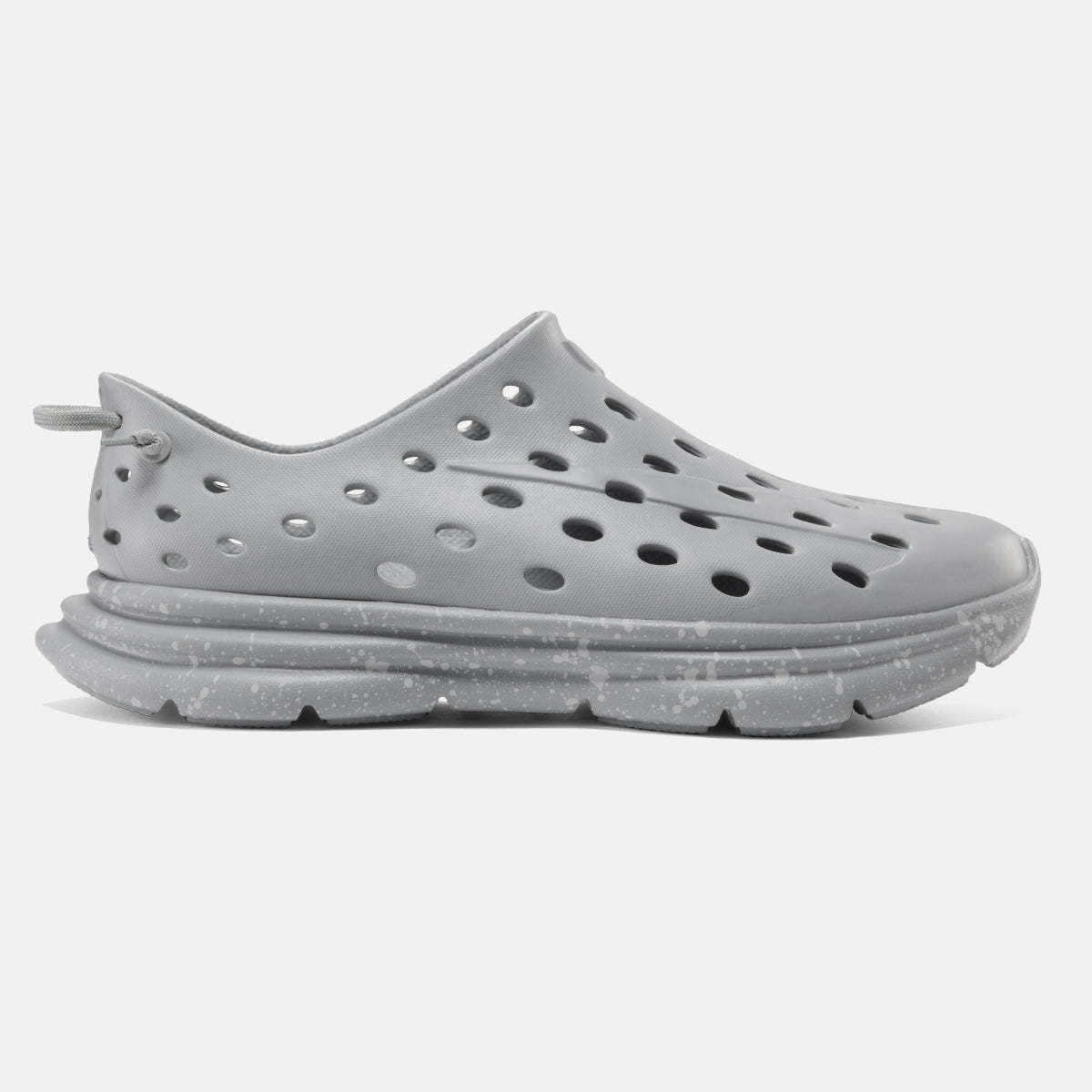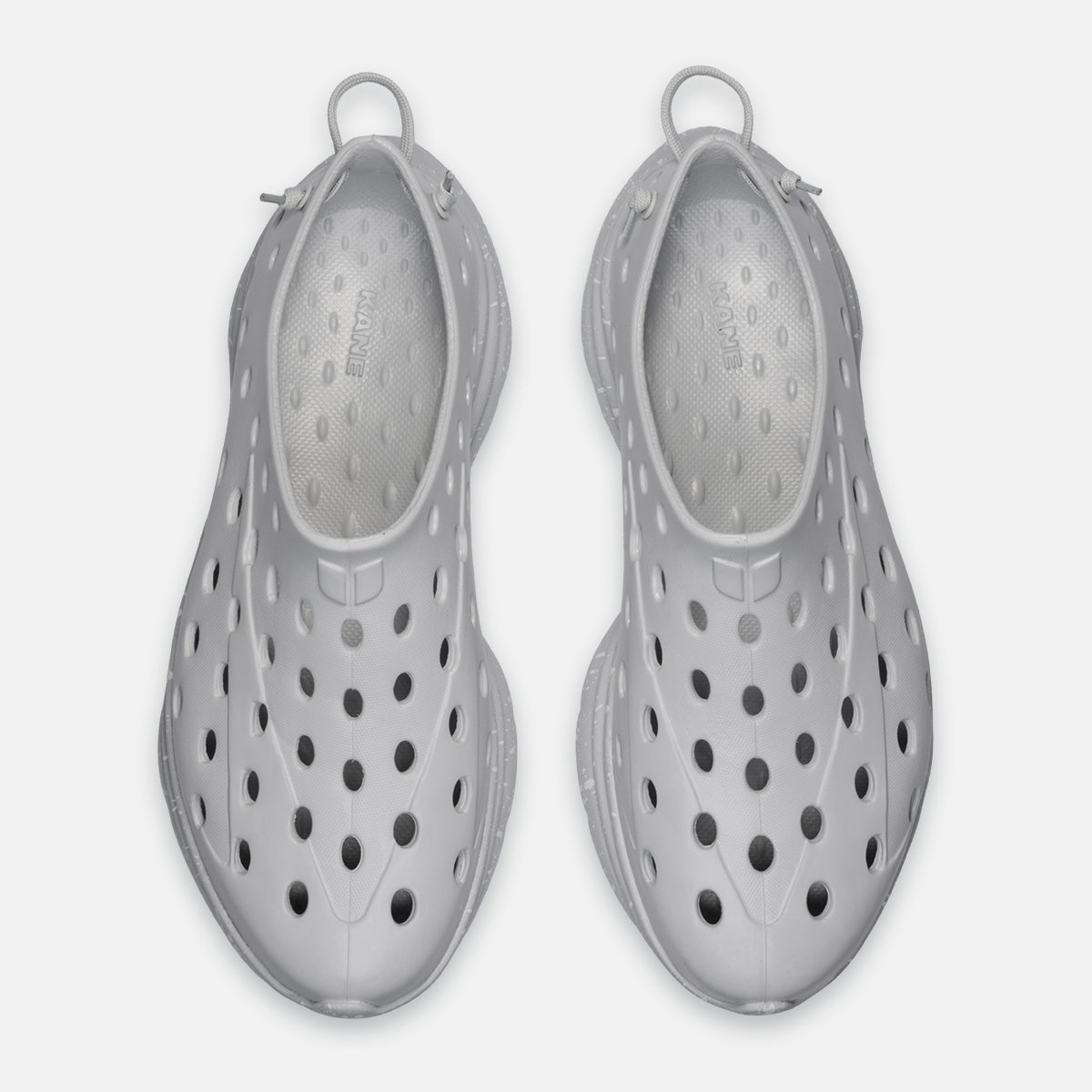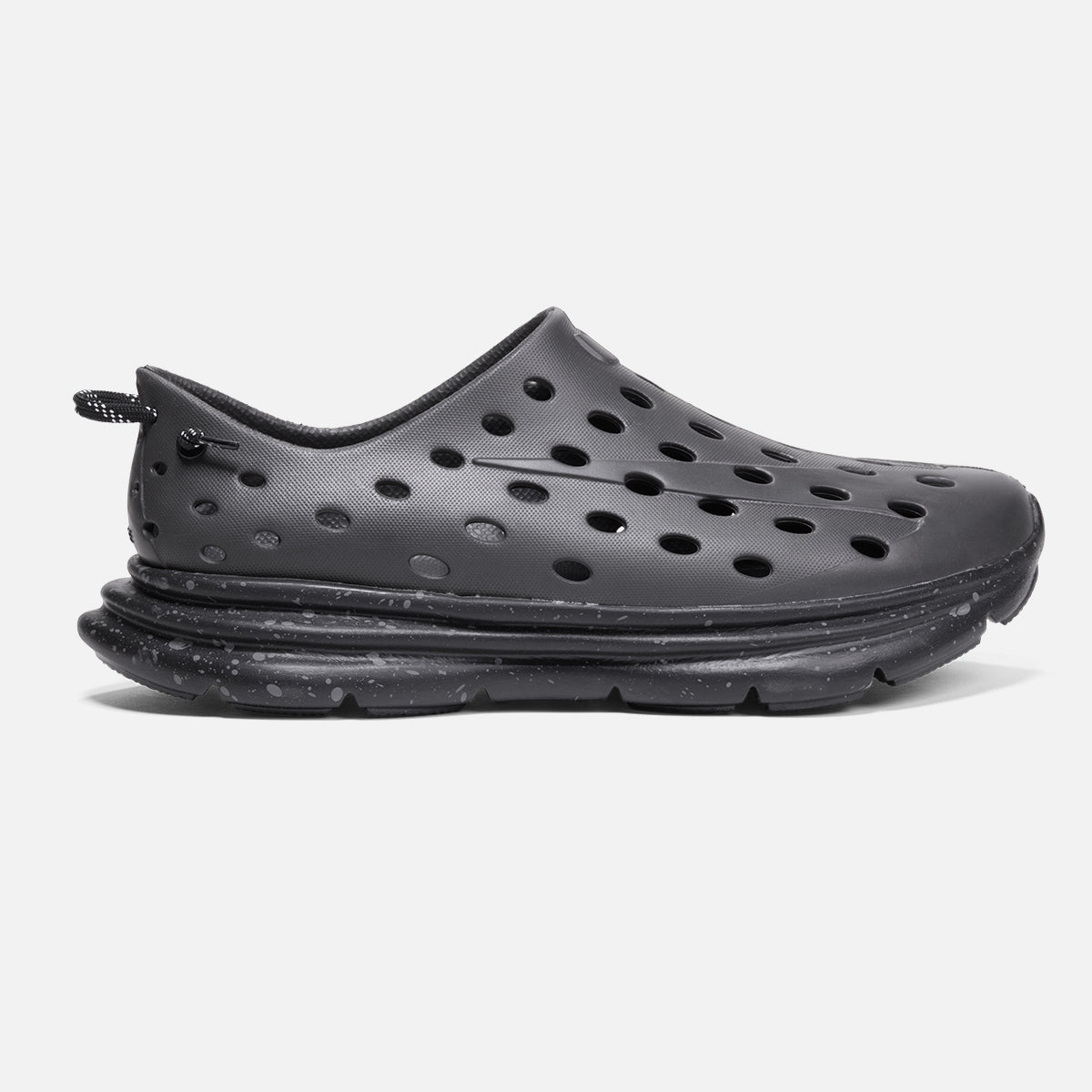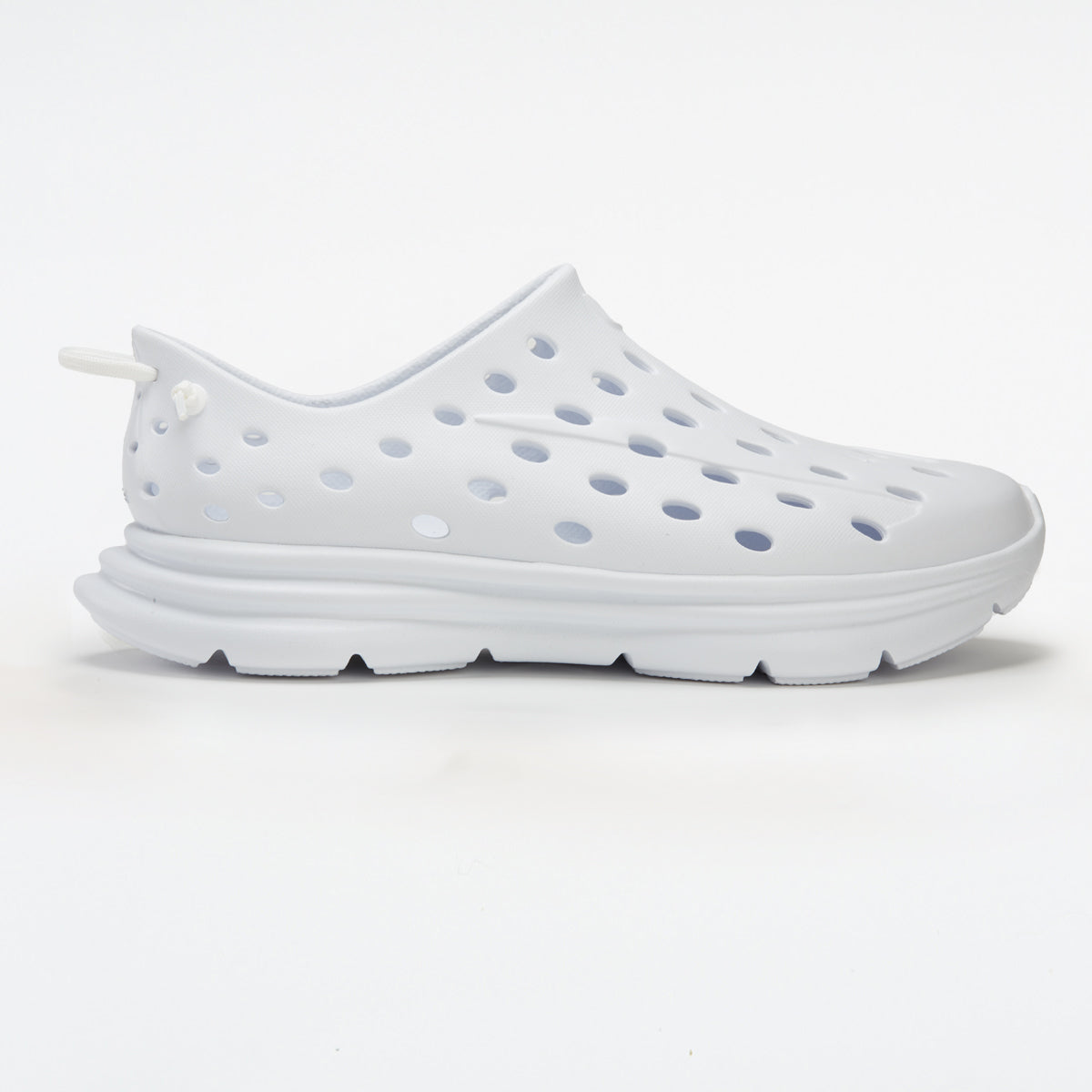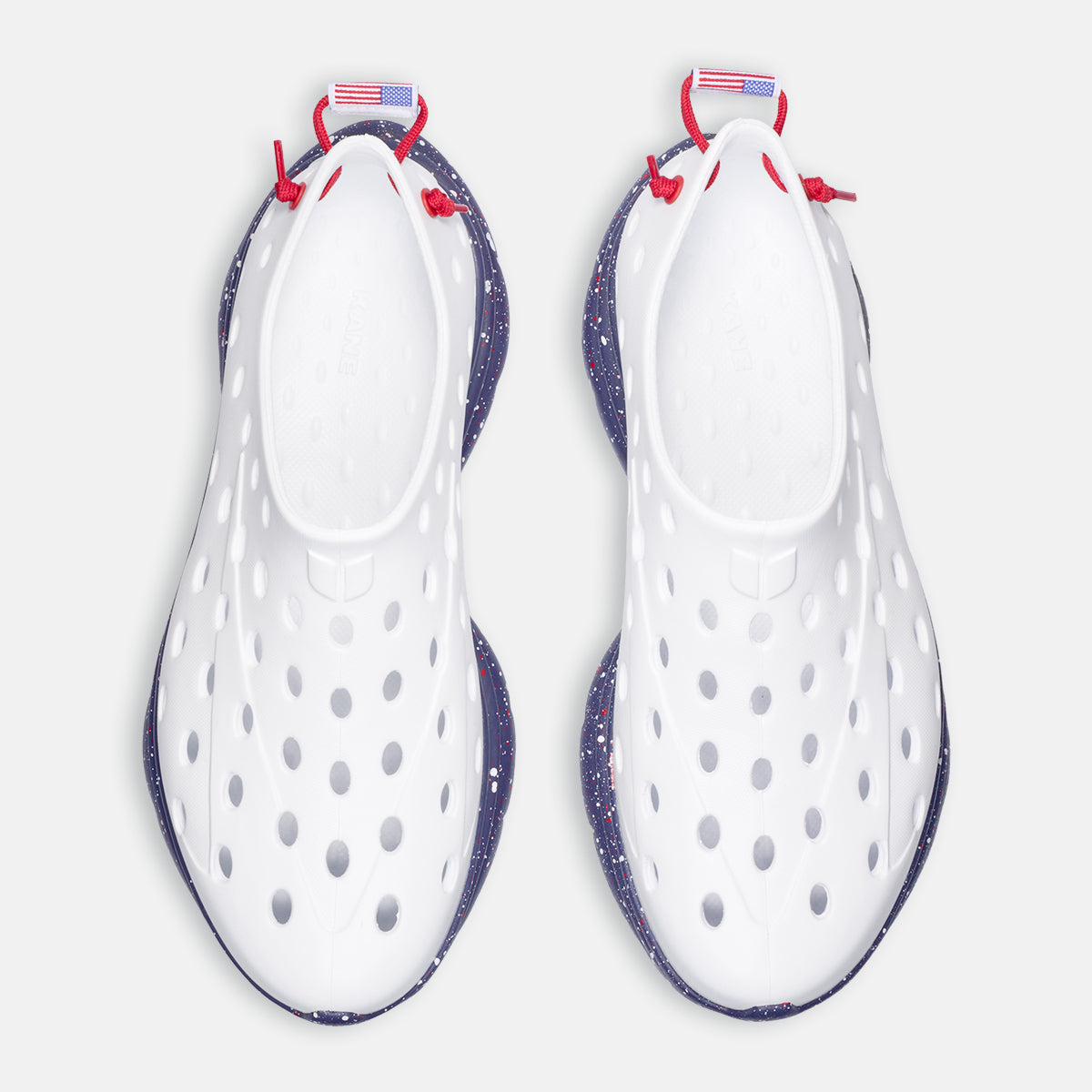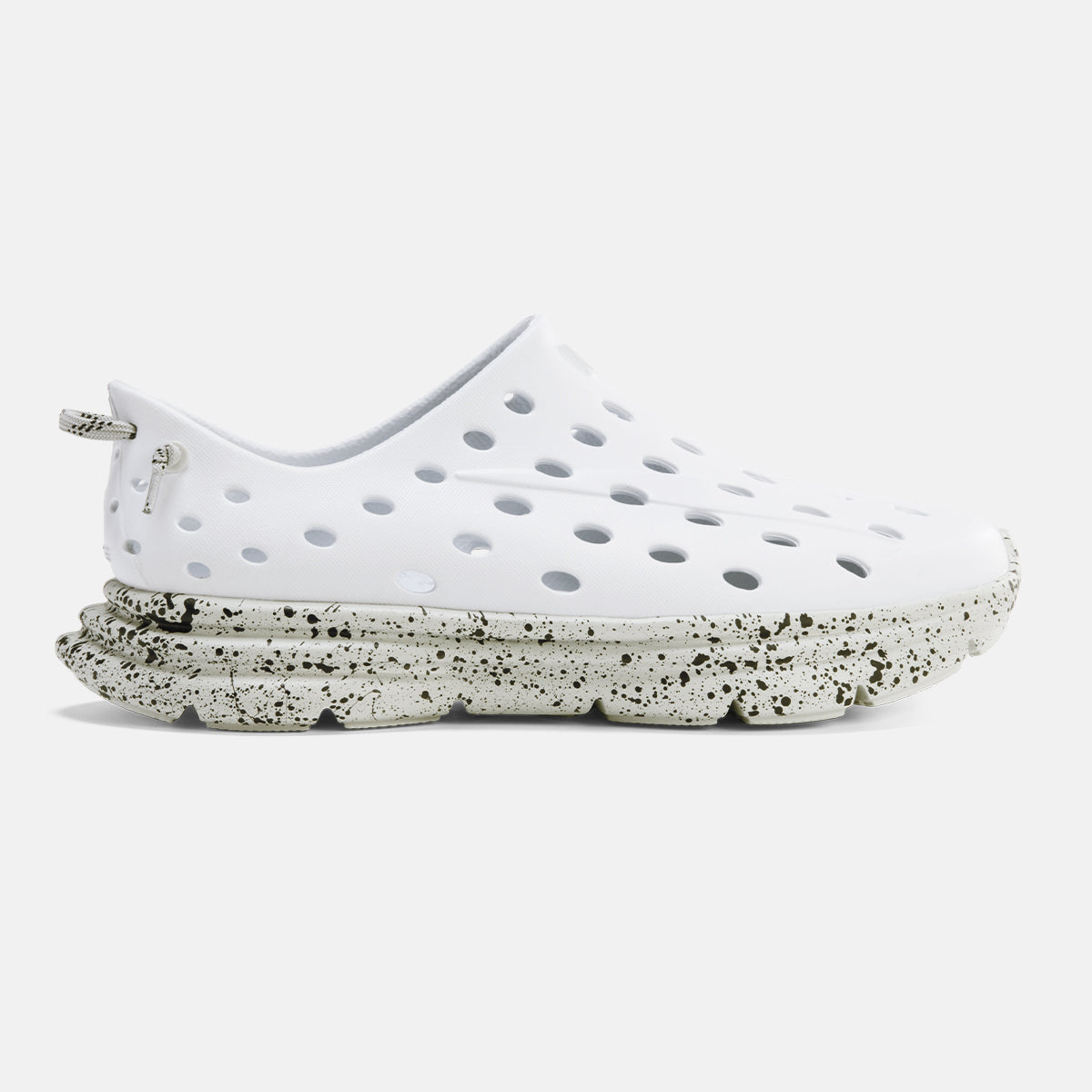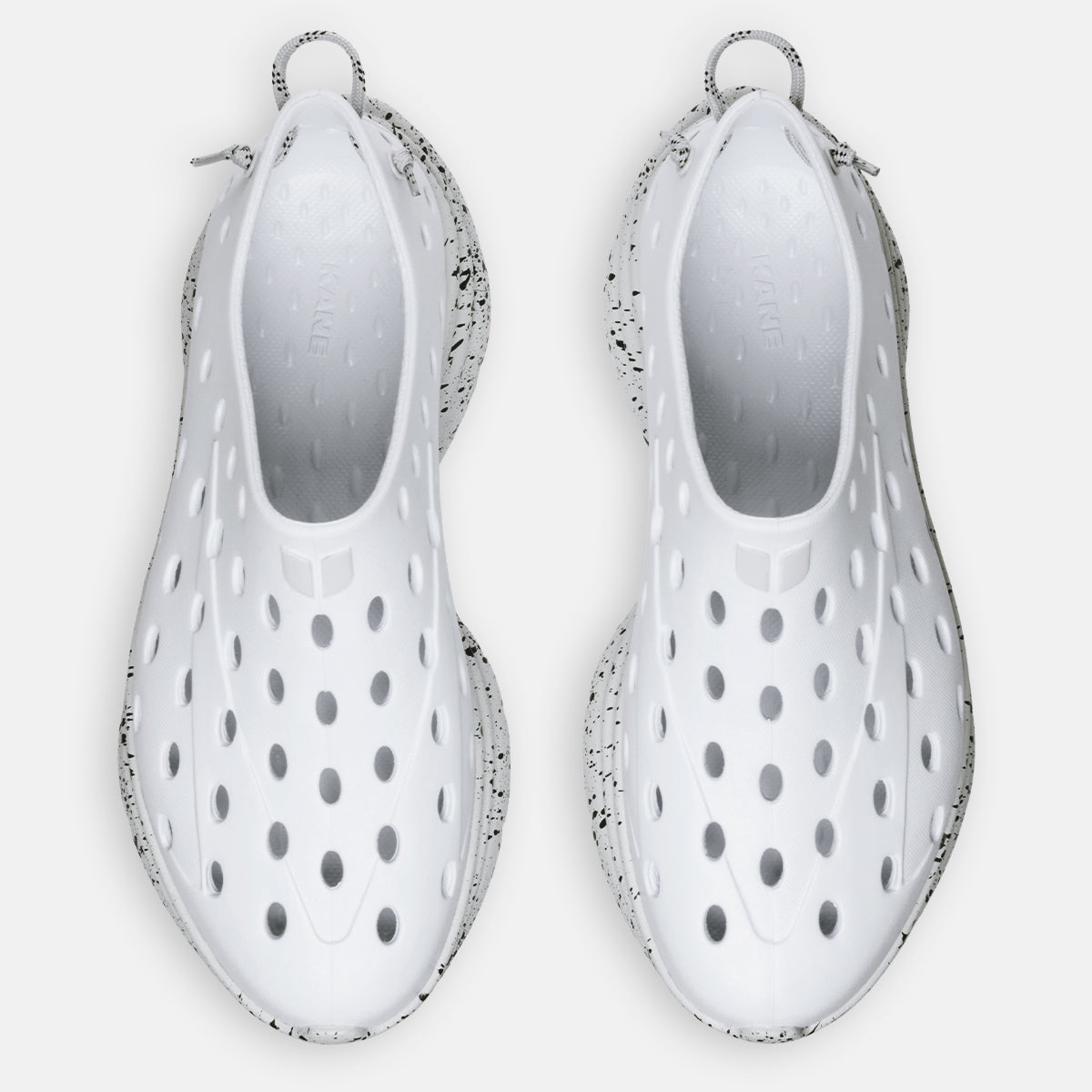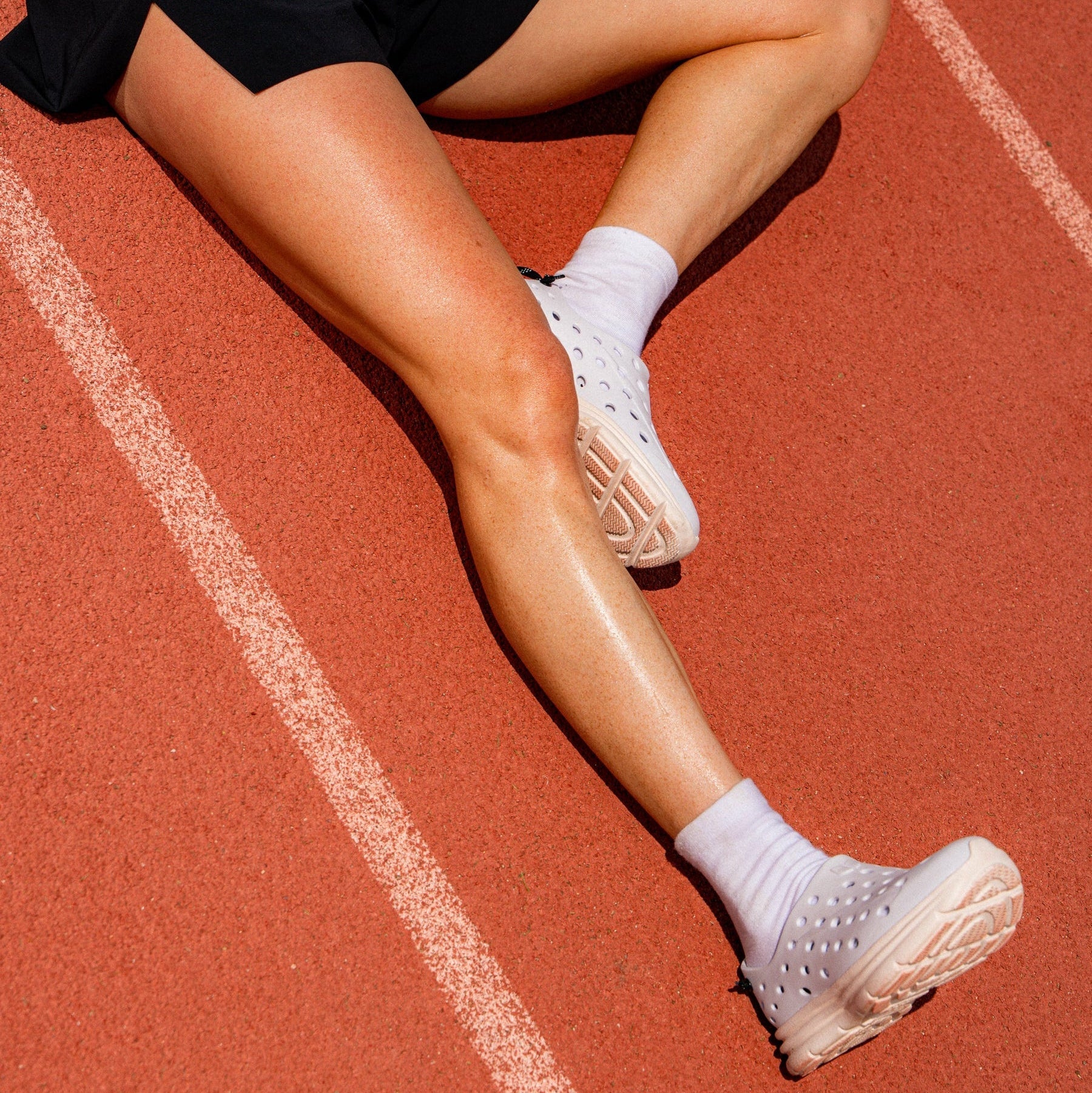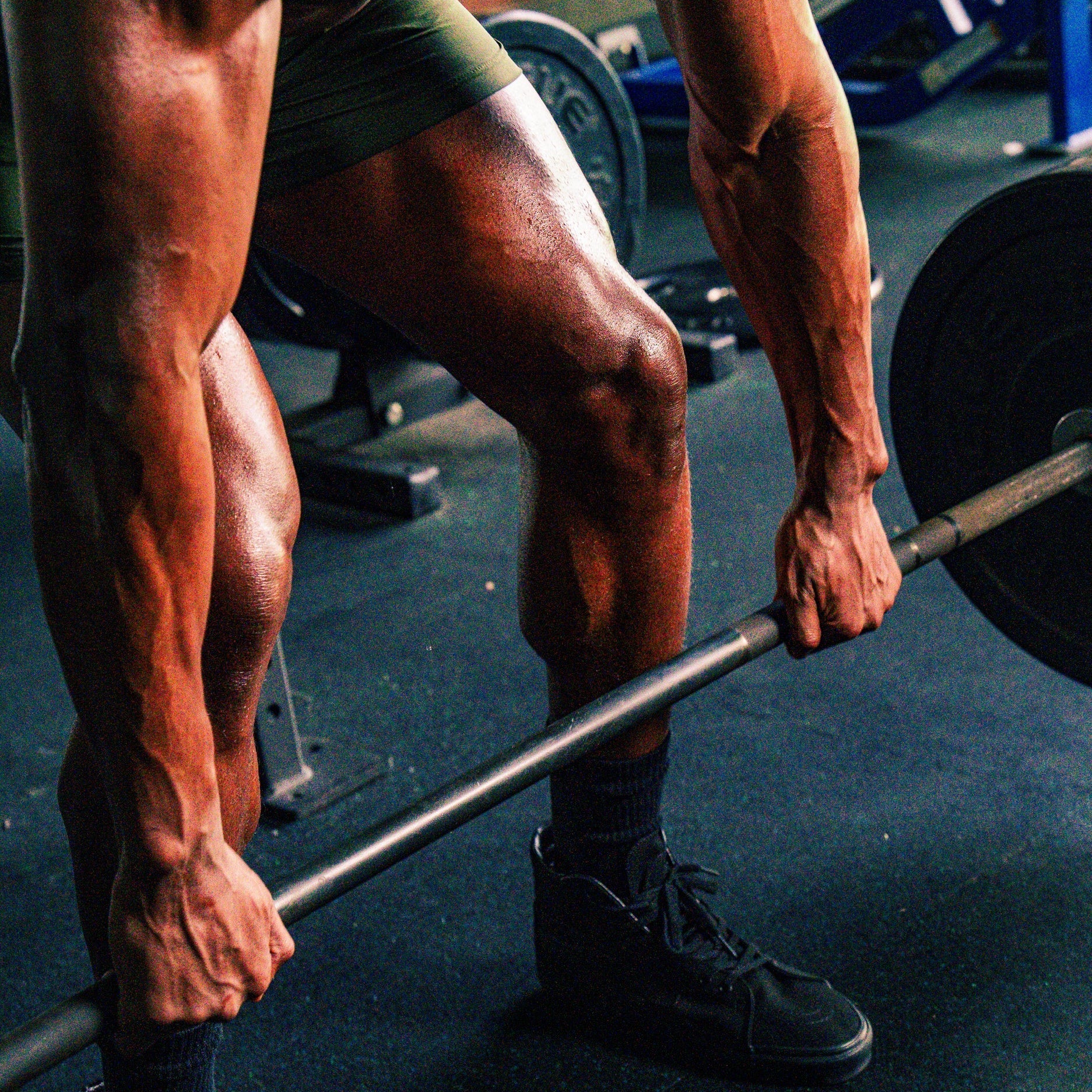Recovery is just as crucial to your fitness journey as the workouts themselves. Whether you're pushing through intense training or a challenging bike ride, your body needs time to rest and recover. But what's the best way to do that? Should you take an active recovery day or opt for a true rest day?
In this article, we'll explore the differences between active recovery and rest days and how each impacts muscle recovery, performance, and overall health. We'll also consider which option best fits your fitness goals so you can keep your body in peak condition.
Understanding active recovery and rest days
Before deciding whether to take an active recovery day or a rest day, it's important to understand the difference between the two. While both are necessary for a well-balanced fitness routine, each has a unique impact on your body. By knowing how these methods work, you can make more informed decisions about structuring your days off from intense training.
What is active recovery?
Active recovery involves engaging in low-intensity exercise after a strenuous workout. It can include activities like walking, cycling at a leisurely pace, or yoga. The goal is to keep your blood flowing while giving your muscles a break from the demands of high-intensity training.
Active recovery workouts help flush out lactic acid buildup, reducing muscle soreness and promoting faster recovery by keeping your body moving at a reduced intensity. Examples of active exercises include light swimming, tai chi, and using a foam roller to relieve tension in tight muscles.
What is a rest day?
A rest day is just what it sounds like—a day of complete inactivity. During these full rest days, you allow your body to focus on repairing muscle tissues and recovering from the strain of physical activity. They're also essential for mental well-being, providing a much-needed break from your regular exercise routine.
Rest days help prevent overuse injuries and give your muscles the time they need to rebuild, which is crucial for long-term fitness success. Incorporating rest days into your routine can improve performance during future workouts by giving your body time to recover fully.
Benefits of active recovery vs. rest day
Both active recovery and rest days offer distinct benefits that can enhance your overall fitness. The choice between the two often depends on your body's current state and your long-term goals. Let's examine how each method benefits you and when it might be best to use them.
The benefits of active recovery
There are several advantages to choosing active recovery activities over passive:
- Promoting blood flow: Light activity increases blood flow to your muscles, delivering nutrients and oxygen that help them recover faster
- Reducing soreness: Gentle movements help flush out toxins like lactic acid, preventing soreness from lingering after a strenuous activity
- Improved flexibility and joint mobility: Active recovery helps maintain your range of motion, which can improve joint mobility and overall flexibility
- Mental health benefits: A light, active recovery day can boost your mood and reduce stress, helping you feel more relaxed and ready for your next training session
The benefits of a rest day
On the other hand, passive recovery provides its own set of advantages:
- Complete muscle recovery: Full rest days allow for deep muscle repair, especially after intense workouts that cause micro-tears in your muscle fibers.
- Physical and mental rejuvenation: Taking a day off offers both a physical break and a mental break, leaving you feeling refreshed.
- Prevention of overtraining: Overworking your body without enough recovery can lead to burnout and injuries. A rest day is key to avoiding these pitfalls, especially during periods of high-demand training.
When to choose active recovery vs. rest day
Knowing when your body needs an active recovery day versus a passive recovery day can be challenging. Several factors, including the intensity of your workouts and how you feel physically and mentally, can influence your choice. Here's how to determine which type of recovery is right for you after a workout.
When should you incorporate active recovery?
Incorporating active recovery days into your workout routine is beneficial when:
- You've completed an intense workout and feel some muscle soreness but can still engage in low-intensity movement
- You want to keep your body active, but give it a break from strenuous workouts
- You want to improve blood lactate clearance and reduce lactic acid buildup to promote faster recovery
These days also help maintain mobility and flexibility without the pressure of a heavy workout.
When should you opt for a passive recovery or rest day?
Absolute rest is necessary after particularly tough workouts or when you're feeling significant fatigue. Choose a rest day when:
- You’ve undergone vigorous training or a long run and feel physically drained
- Your body is showing signs of muscle damage or overtraining, and you need a break to let your muscles recover
- You feel mentally exhausted and need a mental health recharge
How active recovery and rest days impact your fitness goals
Whether you're striving for increased endurance, strength, or flexibility, recuperation plays a crucial role in achieving your goals. How you do it—whether through active recovery workouts or complete rest—can directly affect your athletic performance. Let's explore how balancing these days can help you reach your fitness milestones faster.
Active recovery and fitness goals
Incorporating active recovery into your routine can support long-term fitness goals, such as improving endurance, flexibility, and overall mobility. This method keeps your blood flowing and reduces soreness without halting your progress. If your goal is to maintain consistent movement while letting your body heal, active recovery days are a great option.
Low-impact exercises like a light bicycle ride, a walk in fresh air, or foam rolling sessions can enhance your recovery and prepare you for your next workout. Plus, staying active on these days can help you avoid the stiffness that often follows intense exercise.
Rest days and fitness goals
Days of rest are essential for anyone engaging in hard workouts or intense exercise as they allow your body to fully recover and rebuild. If your goal is muscle growth or increased strength, these days are non-negotiable. Your muscles need time to repair, especially after lifting heavy weights or doing high-intensity cardio.
By giving your body time to recover with proper nutrition, adequate hydration, and good sleep habits, you'll see improvements in your strength, endurance, and overall performance. Knowing when to take it easy is just as important as pulling out all the stops when it comes to reaching your fitness goals.
Creating a balanced recovery routine
To get the most out of your recovery days, strike a balance between active recovery and resting. A balanced approach to recovery not only helps prevent injuries but also helps ensure you're ready to take on your next workout with gusto. Here's how you can create a routine that optimizes both types of recovery.
Balancing active and passive recovery in your workout routine
Finding the right balance between active recovery days and passive recovery is vital to optimizing your fitness routine. Incorporate active recovery activities on lighter days, especially after intense workouts that leave you feeling sore but still able to move. For days when you're feeling more tired or mentally drained, opt for passive recovery.
Here's a simple recovery plan you can follow:
- After a particularly tough workout, choose passive recovery to give your body and mind a break
- For less strenuous sessions, like a moderate bicycle ride or light strength training, schedule an active recovery day to keep your muscles moving and reduce stiffness
- Incorporate low-impact exercises like stretching, foam rolling, or a leisurely walk to promote recovery and maintain mobility
Listening to your body
Pay attention to how your body feels after each workout. Your personal preference and the intensity of your previous session should guide whether you need a complete rest day or a day of light activity. A physical therapist can also help you design a plan tailored to your specific needs, ensuring you're not overloading your body.
Discover Kane Recovery Shoes!
Kane's recovery shoes provide excellent support, comfort, and durability for those in need of top-notch recuperative footwear. Featuring an adjustable hook-and-loop single-strap synthetic upper, plush TPR footbed, and durable injected EVA outsole, these kicks come with all the right features to assist you during your rehabilitation journey.
Aside from providing quality products, they are also committed to sustainability. They have become a Certified B Corporation while dedicating 1% of their overall profits to environmental charities.
When and how to wear Kane Revive
The best moment to wear most recovery shoes is directly after a strenuous activity such as running or exercising. This helps minimize inflammation and launch the healing process. To guarantee maximum comfort and effective recuperation, make sure that you are wearing your recovery footwear correctly by tying up laces securely for a snug fit around your feet.
Conclusion: The importance of balance in your recovery
Both active and passive methods are essential to a well-rounded fitness plan. Choosing between the two depends on how your body feels after each exercise day and your goals. By incorporating a mix of light activity and resting fully, you can give your body the time it needs to heal, improve flexibility, and boost performance.
Remember, recovery is just as important as the workouts themselves. So whether you're out for an easy bike ride or taking a day off to relax, your body will thank you in the long run.
Frequently asked questions
Is active recovery better than a rest day?
It depends on your body's needs and how intense your workout routine is. Engaging in low-intensity activities like walking or light cycling can help reduce soreness and clear blood lactate from your system. This approach keeps you moving without adding stress to your body. However, a rest day, where you avoid any physical exertion, allows for complete muscle repair after strenuous workouts. Gentle movement can help if you're mildly sore but still energized. On the other hand, if you're physically exhausted, it's often best to relax and recover naturally to avoid overtraining.
Is a recovery run better than a rest day?
A light run at a leisurely pace can reduce soreness and keep blood circulation going after a challenging workout. This movement helps your body process lactate buildup and keeps you active without pushing your limits. However, a day without activity is often better when you’re dealing with severe fatigue or muscle strain. A run may still stress tired muscles, so assess how you're feeling. If you're worn out from previous training, consider skipping the run and giving yourself a break.
How many days a week should you do active recovery?
Most people benefit from incorporating active recovery into their exercise routine at least once or twice a week, especially after strenuous activity or vigorous exercise days. These days can include light activities like walking, gentle yoga, or using a foam roller for myofascial release. If you're following a demanding training schedule, you might need to incorporate them more frequently to help your muscles recover and keep moving. It's all about balance—mixing in active rest with your regular training helps maintain flexibility and avoid overtraining.
What's the difference between rest and recovery?
Rest days are periods where you avoid all physical exercise, allowing your body to focus on healing from the stress of training. They're crucial for muscle repair, stress reduction, and overall well-being. Active rest, on the other hand, includes gentle activities like walking or stretching. The goal is to stay active without pushing yourself. Both are important for preventing injury and maintaining performance, but taking a rest day is often necessary when you feel completely worn out. In contrast, try engaging in lighter movements when you're feeling mildly tired.
What is the difference between a rest day and a recovery ride in cycling?
A rest day in cycling means no physical activity, allowing your body to fully recover from the stress of previous rides. This break is essential for repairing muscles, reducing fatigue, and restoring energy levels. Resting is crucial after particularly strenuous workouts or when you're feeling physically or mentally worn out. On these days, you give your body the chance to heal without any added strain.
A recovery ride, on the other hand, is a form of active rest. It involves riding at a low intensity and a leisurely pace—just enough to keep the legs moving without exerting yourself. The goal of this type of ride is to promote blood circulation and reduce inflammation, helping flush out waste products like lactate from the muscles. This light activity can relieve stiffness and soreness while keeping you active.
The main difference is that a rest day involves zero effort, while a recovery ride offers gentle movement. Both are essential components of a cyclist's routine, but choosing one over the other depends on how tired your body feels and your overall training plan.







































